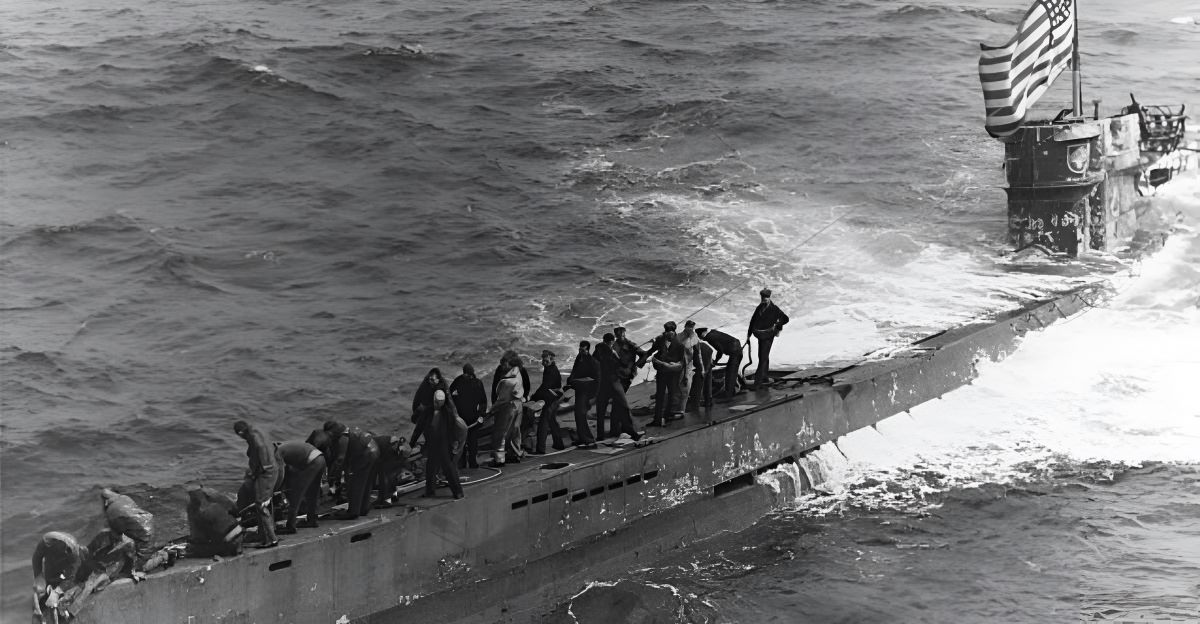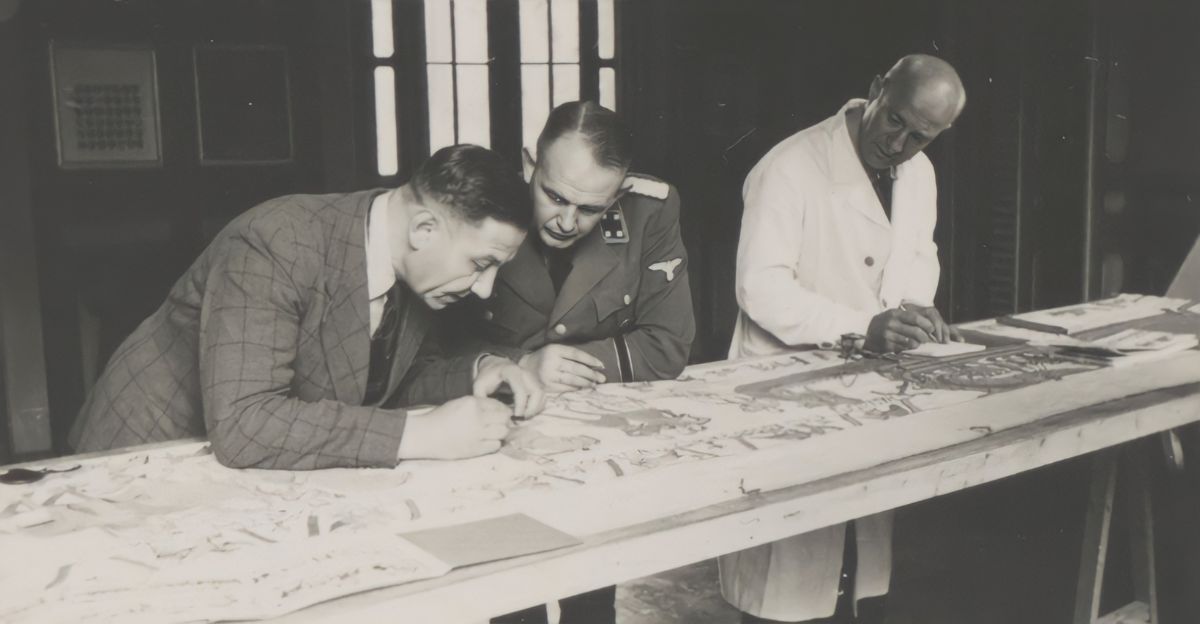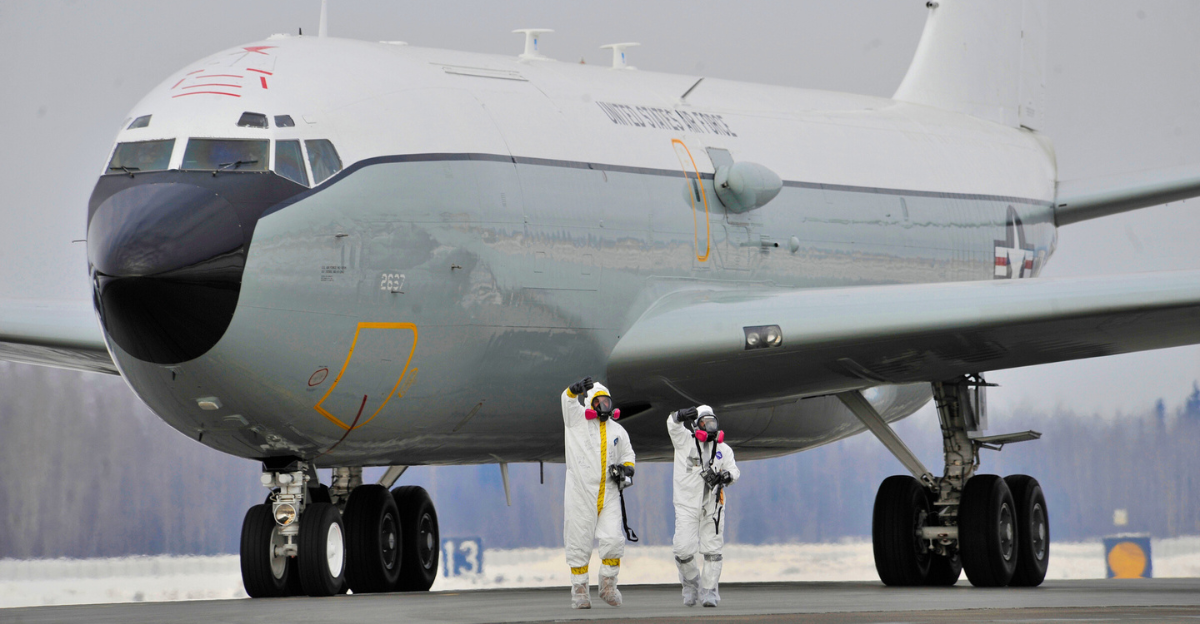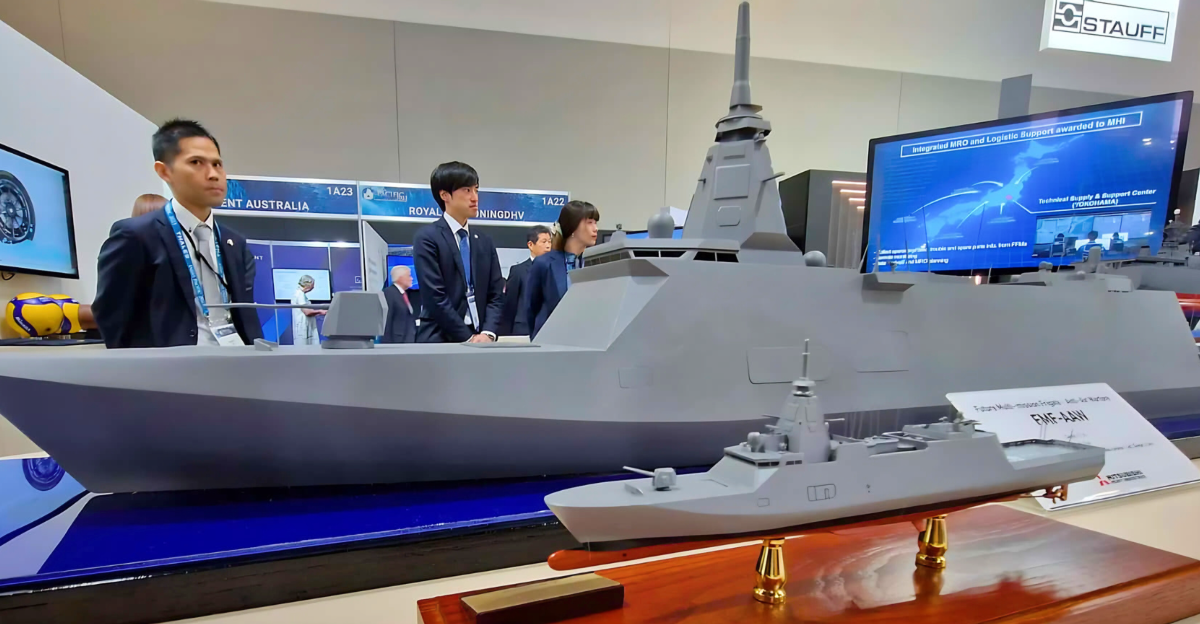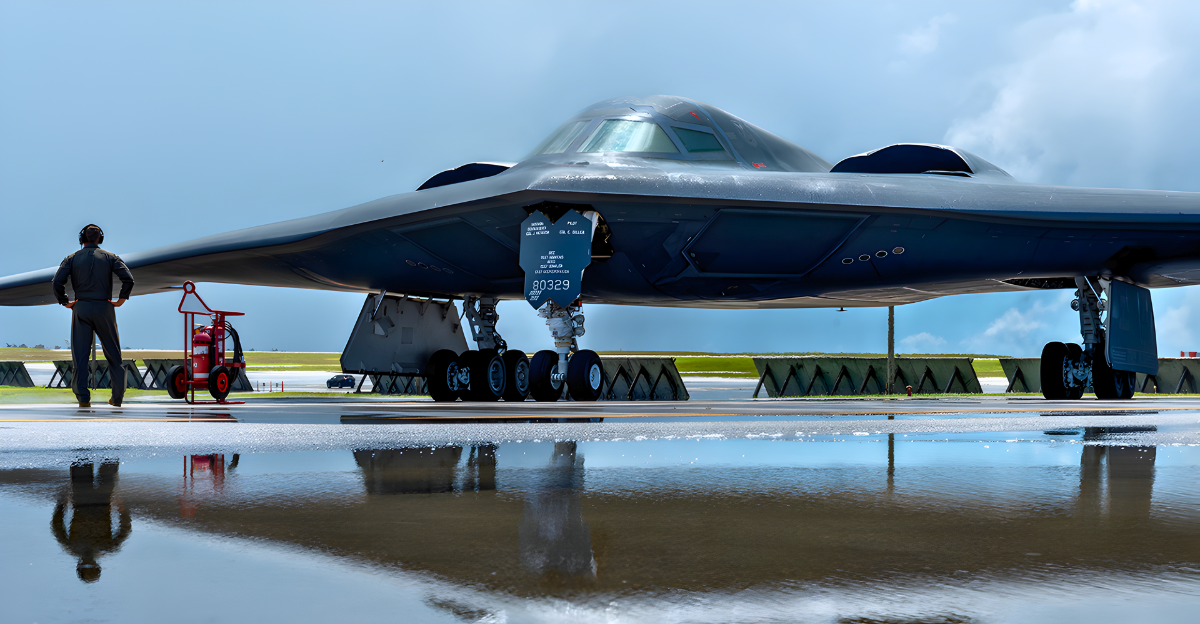
If you were to picture a fortress, you’d think of solid walls, steel doors, maybe a moat. But what if the fortress was a mountain—one so deep, so layered up, so walled in, that the most advanced weapon on the planet couldn’t break it?
This isn’t the plot for a dystopian novel or even a philosophical question. This is the real-life enigma confronting the world’s greatest military, whose most recent effort to neutralize an adversary didn’t end in a bang, but a confounding silence.
The question remains: what if brute strength collided with an immovable object?
Why Iran? Why Now?
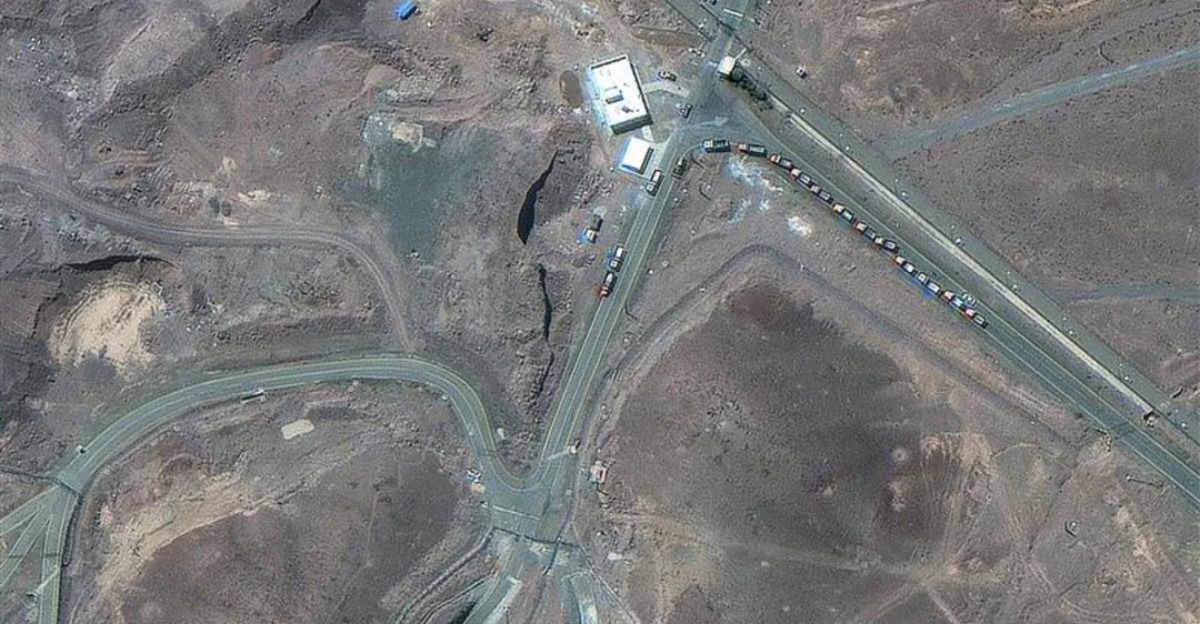
The United States has long regarded Iranian nuclear ambitions as a threat, specifically its deeply buried facilities designed to enrich uranium as potential weapons.
The facilities—Fordo and Natanz—are buried under hundreds of feet of rock and reinforced concrete, making them virtually impenetrable to conventional attack. Over the last decade, the Pentagon has plotted out every nuance, waiting for the day when diplomacy might not work.
When tensions eventually escalated in June 2025, the U.S. had no option but to move, launching Operation Midnight Hammer to stall Iran’s nuclear ambitions, hoping to buy time for diplomacy or deterrence.
Titans of Technology: U.S. vs. Iran

The U.S. military arsenal is unparallelled: stealth bombers, precision-guided bombs, and the GBU-57 Massive Ordnance Penetrator—a 30,000-pound bunker-busting bomb that burrows deep into the earth before detonating.
Iran, meanwhile, has been investing in ultra-high-performance concrete (UHPC), a technological marvel that’s up to seven times stronger than ordinary concrete. Tests show UHPC can dramatically reduce the penetration of even the most powerful bombs,
It’s the era of technological warfare of technology, a battle of materials science and the physics of destruction.
The Countdown to Midnight Hammer
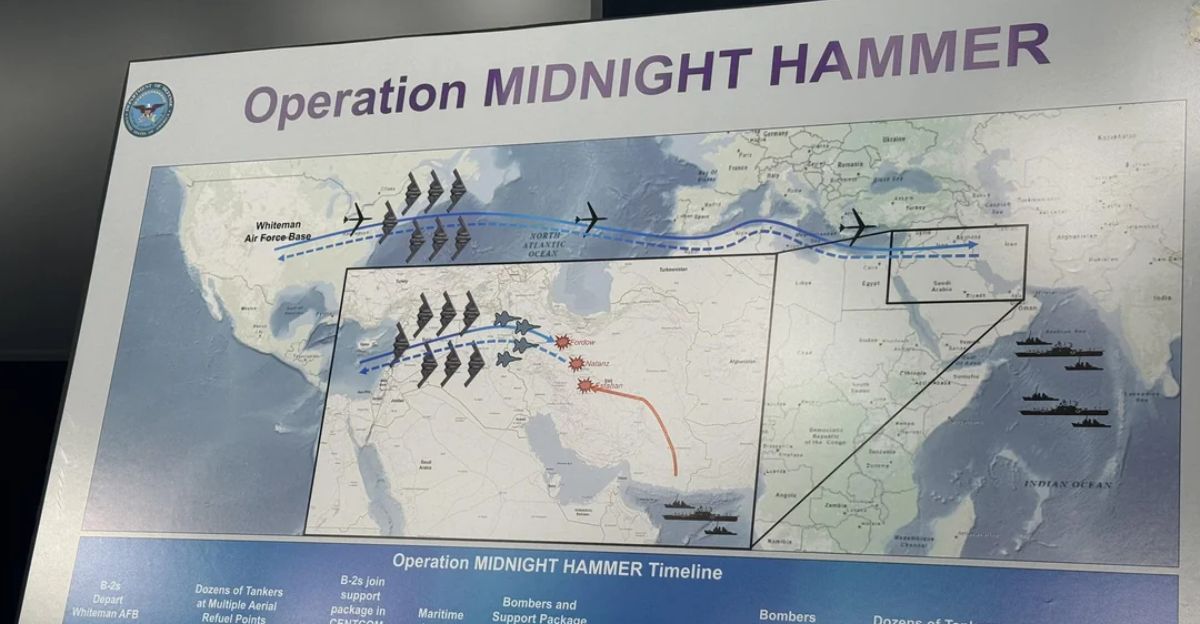
Months of surveillance, years of planning, and countless simulations led to one moment: on June 21, 2025, seven B-2 stealth bombers, each carrying two Massive Ordnance Penetrator (MOP) bomb, took off on a clandestine mission.
The target: ventilation shafts and entrances at Fordo and Natanz. The bombs were made to dig deep, circumventing multi-tiered defenses. Satellite images reported the strike was conducted flawlessly.
Pilots referred to the blasts as “turning night to day.” But what was happening beneath their feet? The answer would revolutionize everything the U.S. thought about war in the modern era.
Concrete Bests Bombs
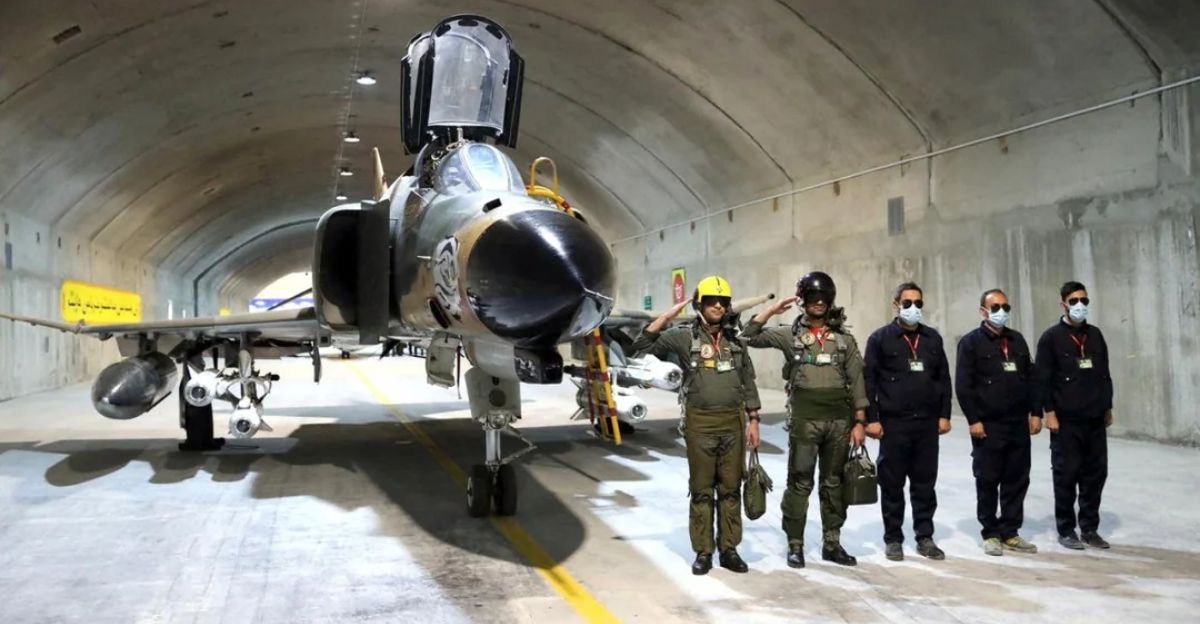
Despite all the ordnance, the 30,000-pound bunker-busters couldn’t penetrate Iran’s defenses. Fordo, hit by 12 MOPs, is shrouded in nearly 300 feet of granite and ultra-high-performance concrete—far deeper than the bombs’ maximum penetration of 200-foot.
Iran’s UHPC, steel-fiber-reinforced and earthquake-resistant, was too durable. However, satellite imagery confirmed significant cratering at Fordo, but the main underground chambers were not destroyed.
In the bomb-and-concrete arms race, concrete has won—again.
Iran’s Mountain Fortress
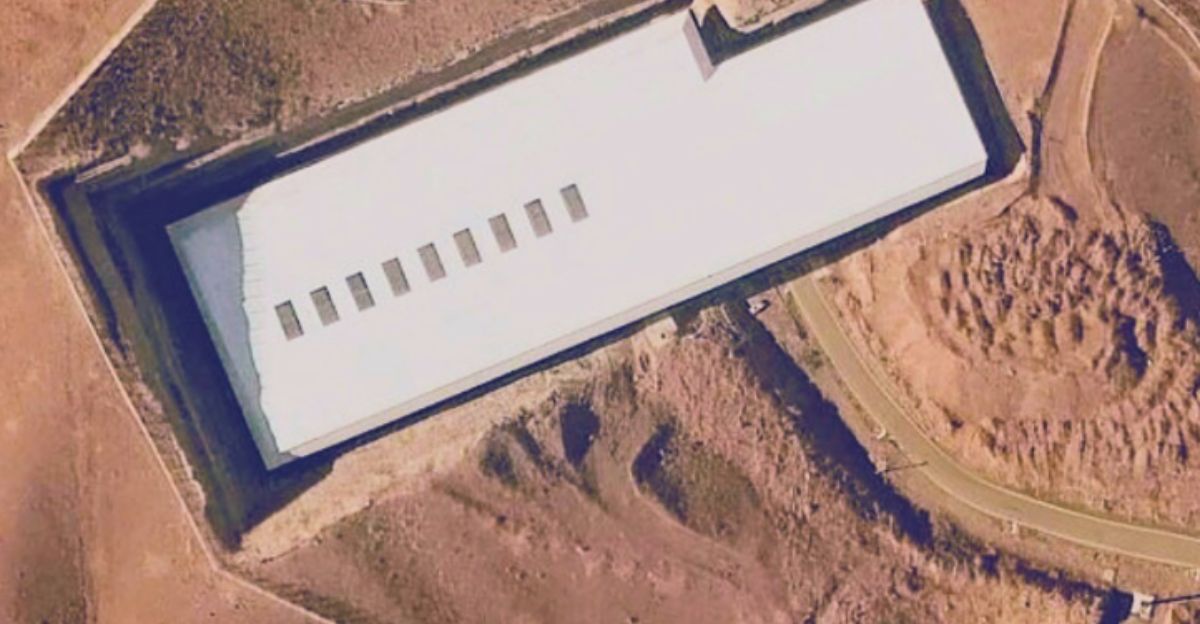
Iran’s nuclear sites are marvels in defense engineering. Fordo, for example, is built into a mountain, with multiple layers of concrete, rock, and redundancy systems. The facility is built to withstand bombs, earthquakes, and even chemical attacks.
It has access through a few tightly secured tunnels and shafts. Even if a bomb penetrates one layer, the next layer is designed to take the impact. This isn’t just a bunker—it’s a maze of defiance, proof of Iran’s determination to protect its nuclear ambitions at all costs.
Government and Public Responses

Following the news that bunker-busting raids failed to cripple Iran’s nuclear facilities, the U.S. administration’s response was divided. President Trump and senior officials, such as Defense Secretary Pete Hegseth, insisted that the mission was an enormous success.
They claimed that Iran’s nuclear program was “obliterated” and its ambitions thwarted for decades. However, Iran’s Supreme Leader, Ayatollah Ali Khamenei, publicly dismissed the mission’s effectiveness, stating that the U.S. “could not achieve anything significant” and accusing President Trump of exaggerating the impact of the attacks.
The True Impact of the Mission
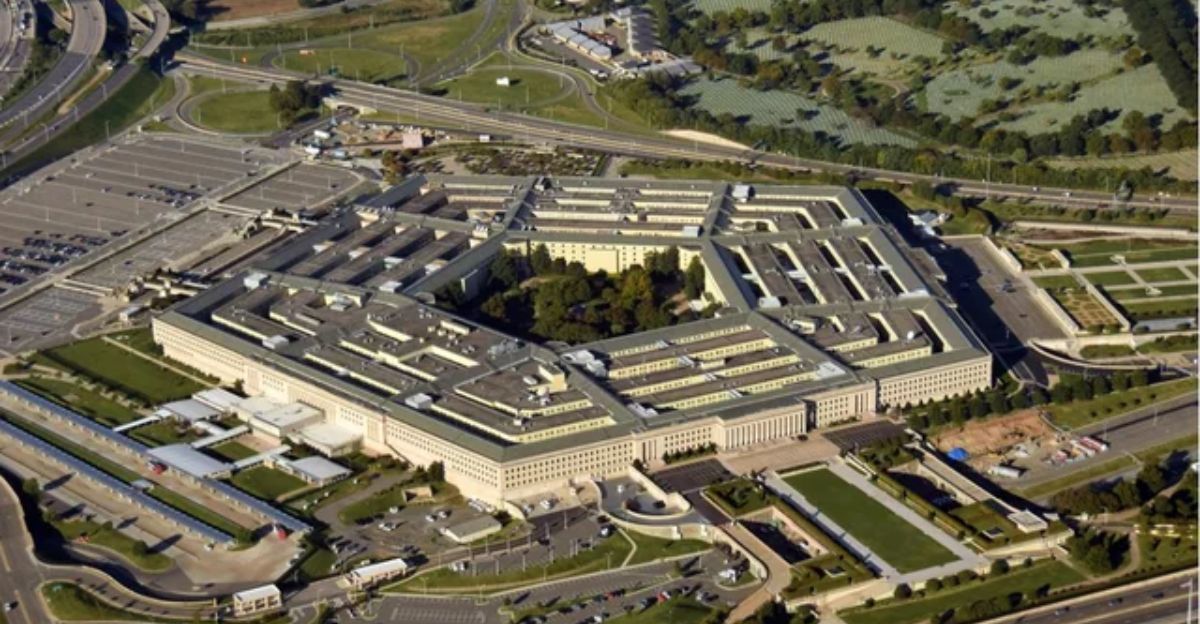
Leaked intelligence assessments from the Pentagon’s Defense Intelligence Agency indicated that the attacks merely set back Iran’s nuclear progress by a few months, left a large portion of the underground infrastructure intact, and failed to destroy the enriched uranium inventory.
In the wake of this attack, Iran is already rebuilding its nuclear program, despite significant damage to key facilities. Iranian officials maintain that their nuclear sites remain operational or can be quickly restored.
The Human Cost and the Industry Reaction
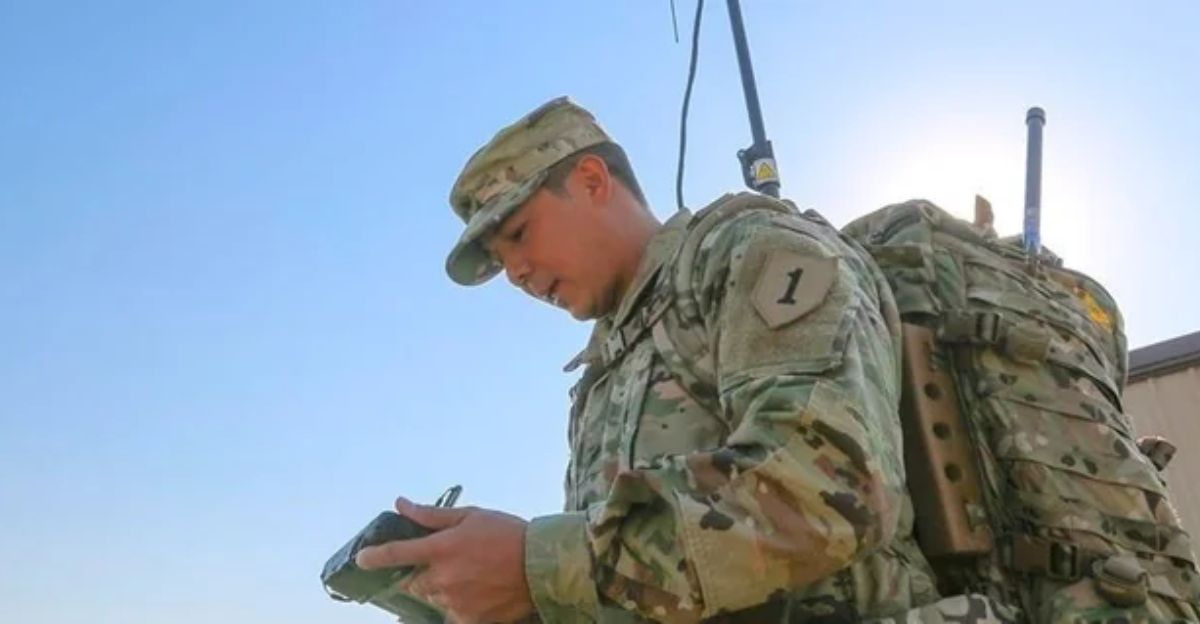
The fallout from this failed mission rippled far beyond the mountain. U.S. military personal, such as pilots, ground crews and weapons specialists, grapple with the limits of their technology.
Meanwhile, Iran’s nuclear engineers and scientists, living under constant threat, have mastered rapid repair and relocation techniques.
The arms industry is taking notice as well: if concrete can survive the biggest bombs, what then? Now they seek to make deadlier weapons that can penetrate deeper.
The Broader Shift: What This Means for U.S. Military Standing
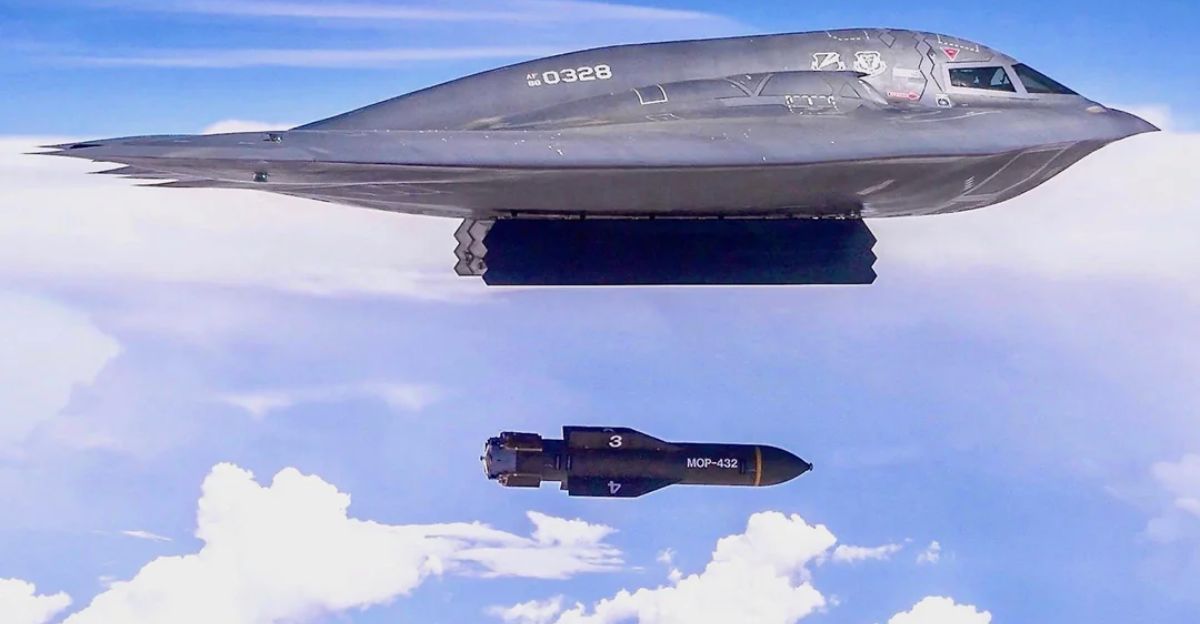
The failure of the bunker-busters is more than a battlefield defeat—it’s a wake-up call for military strategy. The U.S. has had the technological advantage for decades, in the hopes that they are guaranteed victory.
Today, nations like Iran, China, and Russia are investing in defenses that can destroy even the most advanced weapons. The arms race has shifted from offense to defense, from firepower to fortification.
If the U.S. can’t break through Iran’s concrete, what does that say about its capacity to deter or defeat other buried threats? There’s been an immediate shift in power, and the U.S. must adapt or risk irrelevance.
So, What Comes Next?
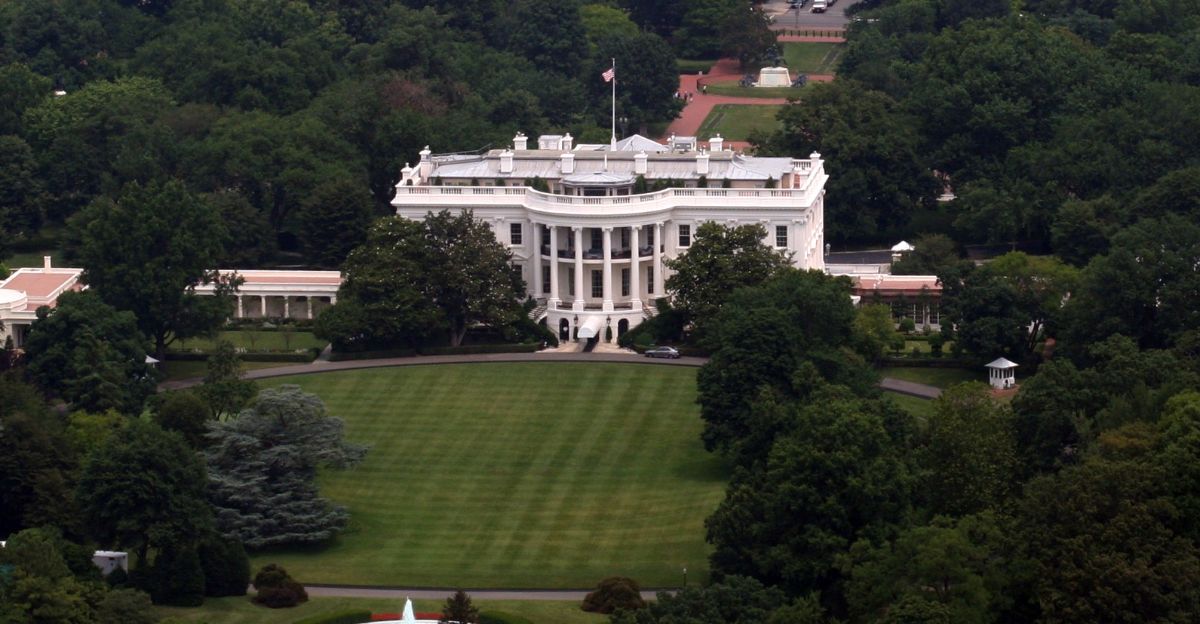
The dust has settled, and the world is in search for answers. Will Iran rebuild, relocate, or intensify? Will America build new, bigger weapons, or re-strategize? What happens when brute force is pitted against ingenuity—and who will adapt more quickly?
For now, the mountain stands, a silent reminder that even the most powerful of weapons has its limits. The story isn’t over yet; it’s only just begun. And in this new age, the true victors might be those who can outsmart, rather than outgun, their rivals.

